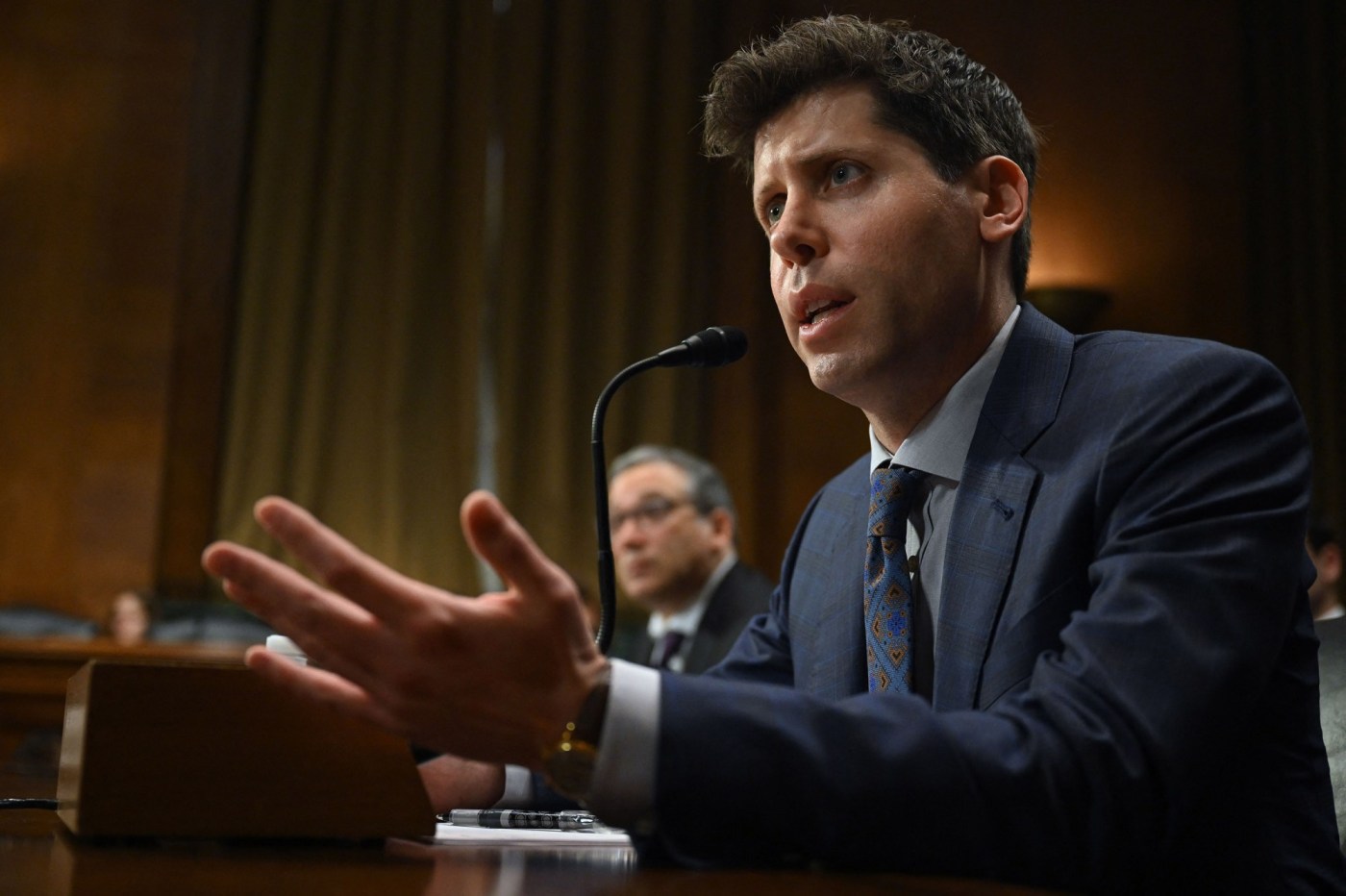OpenAI has pitched the Biden administration on the need for massive data centers that could each use as much power as entire cities, framing the unprecedented expansion as necessary to develop more advanced artificial intelligence models and compete with China.
Following a recent meeting at the White House, which was attended by OpenAI Chief Executive Officer Sam Altman and other tech leaders, the startup shared a document with government officials outlining the economic and national security benefits of building 5 gigawatt data centers in various U.S. states, based on an analysis the company engaged with outside experts on. To put that in context, 5 GW is roughly the equivalent of five nuclear reactors, or enough to power almost 3 million homes.
OpenAI said investing in these facilities would result in tens of thousands of new jobs, boost the gross domestic product and ensure the U.S. can maintain its lead in AI development, according to the document, which was viewed by Bloomberg News. To achieve that, however, the U.S. needs policies that support greater data center capacity, the document said.
Altman has spent much of this year trying to form a global coalition of investors to fund the costly physical infrastructure required to support rapid AI development, while also working to secure the U.S. government’s blessing for the project. But the details on the energy capacity of the data centers Altman and OpenAI are calling for have not previously been reported.
Related Articles
Did US let Cuban pilot linked to Brothers to the Rescue shoot-down move to Florida?
If Kamala Harris tried to block Kimberly Guilfoyle from job, she was ‘prescient,’ ex-colleague says
In dueling speeches, Harris is to make her capitalist pitch while Trump pushes deeper into populism
Senate probe finds Secret Service failures at Trump rally shooting
US to hand over pest inspections of Mexican avocados to Mexico and California growers aren’t happy
“OpenAI is actively working to strengthen AI infrastructure in the U.S., which we believe is critical to keeping America at the forefront of global innovation, boosting reindustrialization across the country, and making AI’s benefits accessible to everyone,” a spokesperson for OpenAI said in a statement provided to Bloomberg News.
The push comes as power projects in the U.S. are facing delays due to long wait times to connect to grids, permitting delays, supply chain issues and labor shortages. But energy executives have said powering even a single 5 gigawatt data center would be a challenge.
Joe Dominguez, CEO of Constellation Energy Corp., said he has heard Altman is talking about building five to seven data centers that are each 5 GW. The document shared with the White House does not provide a specific number. OpenAI’s aim is to focus on a single data center to start, but with plans to potentially expand from there, according to a person familiar with the matter.
“Whatever we’re talking about is not only something that’s never been done, but I don’t believe it’s feasible as an engineer, as somebody who grew up in this,” Dominguez told Bloomberg News. “It’s certainly not possible under a timeframe that’s going to address national security and timing.”
The U.S. has a total of 96 GW of installed capacity of nuclear power. Last week, OpenAI’s biggest investor, Microsoft Corp., struck a deal with Constellation in which the nuclear provider will restart the shuttered Three Mile Island facility solely to provide Microsoft with nuclear power for two decades.
In June, John Ketchum, CEO of NextEra Energy Inc., said the clean-energy giant had received requests from some tech companies to find sites that can support 5 GW of demand, without naming any specific firms. “Think about that. That’s the size of powering the city of Miami,” he said.
That much power would require a mix of new wind and solar farms, battery storage and a connection to the grid, Ketchum said. He added that finding a site that could accommodate 5 GW would take some work, but there are places in the U.S. that can fit 1 gigawatt.
With assistance from Dina Bass and Mark Chediak.
©2024 Bloomberg L.P. Visit bloomberg.com. Distributed by Tribune Content Agency, LLC.












